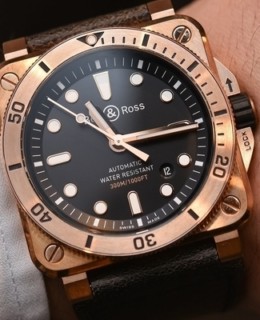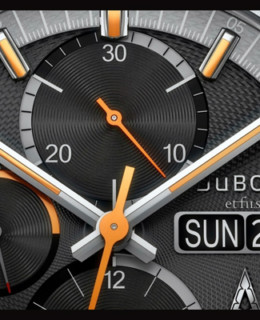There are a number of recurring trends and stories in the watch industry that are worthy of attention and analysis. Chief among these are the roots of the timepieces as we know them today. Also important is the further integration of new technologies into these already complex devices.
Zenith’s Christophe Colomb was a unique piece to focus upon, simply because it plays directly into these discussions. By naming their new watch after the famous explorer, they were honouring a man who inadvertently changed the world. This shift wasn’t limited to a mere redrawing of the world map. Instead, it altered the perceptions of individuals and governments in Europe. Nothing would ever be the same again. On another level, neither would timepieces. Columbus invented a new need for more precise and mobile devices. Competition between nations would fuel an innovative atmosphere. What’s more, the engineering and artistic knowledge being created as a result of the Renaissance would also be added to the mix. Progress would occur throughout the next several centuries.
But when you take the gains made in dampening or eliminating the movement that takes place at sea, and try and apply that to a wristwatch, the problem becomes that much more intractable. Even with such a long storied history of experience, Zenith required five years of research, development, and engineering to develop a watch that would remain balanced indefinitely.
Perhaps by giving it such a noteworthy name, Zenith Watches hopes to realise, in a small way, what Columbus did. Their invention has eliminated an age-old problem in watchmaking. It’s possible that such success may push other rival firms to push the envelope even further. In a hundred years of so, people may look back at this point in time, and Zenith collectively or individually, placing it on a timeline in the long history of horological innovations and firsts.








Share this